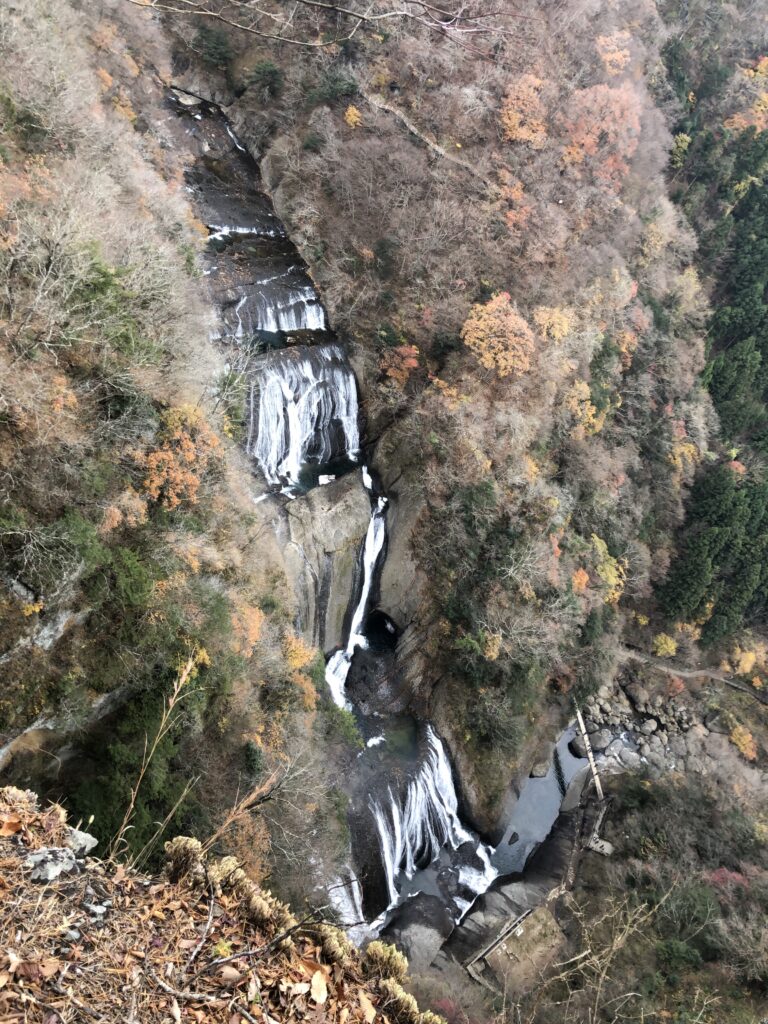Geo-scenery that you can meet on the course of the North Long Trail in Ibaraki Prefecture. The area around Fukuroda, which is on the course in the central area, is full of attractive attractions designated as geosites.

Fukuroda Falls Geosite
In ancient times, as land and then as a submarine volcano, the area around Fukuroda has a history of geology. It has been certified as the Fukuroda Falls Geosite, the Ibaraki Prefecture North Geopark Concept, as a place where you can experience the long and long history of the earth that has shaped the region and the culture of the land that has been nurtured and nurtured by the earth.
Geological history around Fukuroda
About 17 million years ago, when the Japanese archipelago began to leave the continent and the Sea of Japan began to form, the area around Fukuroda was a land of active volcanic activity. Traces of pyroclastic flows and debris flows still remain. Around 15 million years ago, the area around Fukuroda once sank into the sea and became active as a submarine volcano. Around 8 million years ago, the area around Fukuroda became land again due to crustal movements. The natural landscape that continues to the present day was formed through such a geological history.
Fascinating geo-like highlights
You can see “Reki Rock” near Fukuroda Falls. It is a rock made of solidified stones of various sizes, and is a debris flow deposit that shows active volcanic activity about 17 million years ago.
On the way from Fukurodanotaki Daiichi Parking Lot toward Taki, you can see the slanted stratum “Cross-bedding” on the banks of the Takikawa River. It is a proof that the earth has moved dynamically, and it is a stratum that is artistically shaped by the subsequent flow of rivers.
Fukuroda Falls was a submarine volcano 15 million years ago. When the activity is over, it becomes an underwater volcanic rock buried in sand and mud on the seabed, and it becomes land again with the surrounding strata around 8 million years ago. The stratum that became land is scraped by rain and the flow of rivers, but the underwater volcanic rock remains as it is because it is hard, and the water that flows down the slope becomes a waterfall. The famous waterfall, Fukuroda Falls, has undergone such a large change in the stratum and has become what it is today.
A new attraction that can be seen by walking
If you walk while understanding this geological background, you will be able to feel the fascinating charm of Fukuroda’s scenic spots. Discover new discoveries in your journey that will pass you at the speed of your drive.
この投稿文は次の言語で読めます: 日本語 (Japanese)

